What’s the difference between a state park and a national park? Which is better?
The main difference between state parks and national parks is that state parks are under the control of the state government while national parks are run by the federal government. Other differences between the two include the size of the parks, how popular they are, and the cost to park visitors.
The differences between state and national parks have a lot more to do with the visitor experience than why they exist or who controls them. As an example, national parks can offer a lot more in terms of trails and the ability to explore while state parks often have less space, but more amenities. It really depends on the state and the location, though.
By the way, as an Amazon Associate, I earn when buying qualified products through links on my site.
Keep going, and you’ll discover much more about the differences between state and national parks, the experiences you can get from each, and what separates national parks from other areas like national forests and national monuments.
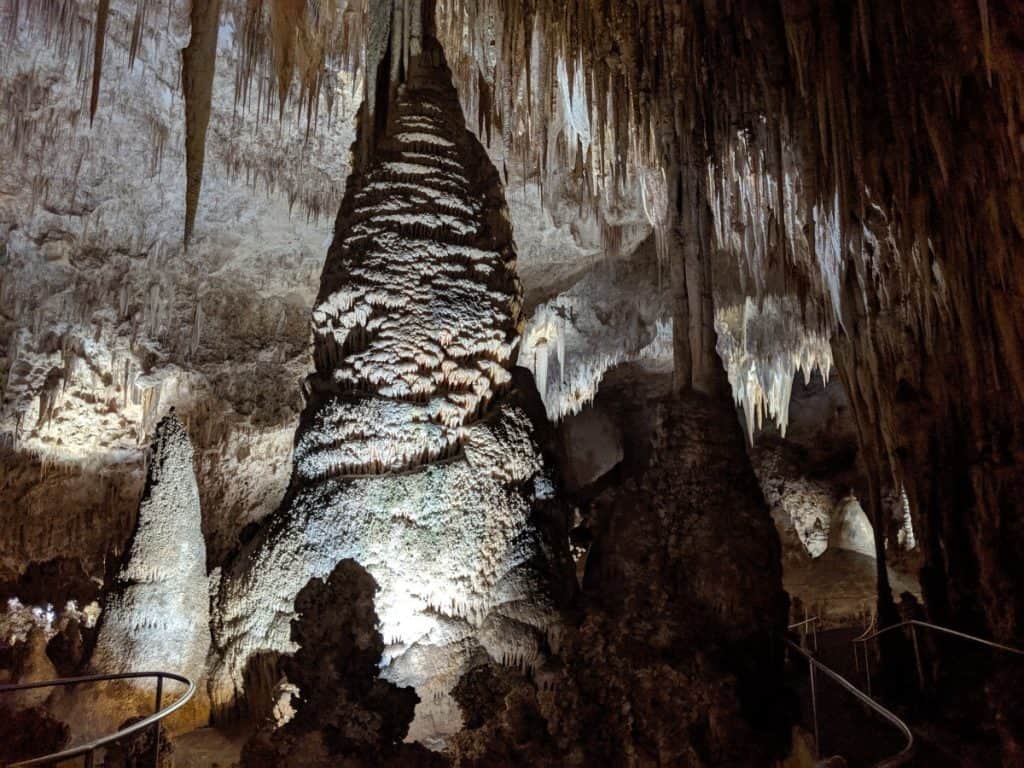
What Is The Difference Between A State Park and a National Park?
There are a variety of factors that separate a state park from a national park. Aspects like who has control of the park, how large the area is, and what the land is primarily used for illuminate just a few of the differences between these two park types. Below, we’ll take a deeper look into how state parks and national parks differ from one another.
Ownership Of The Different Parks and Funding
The ownership of national and state parks is the most obvious difference you’ll find between the two. As you might expect, national parks are under the control of the federal government. Additionally, care of these parks is largely paid for through federal taxes. That also means that major changes are more difficult for the parks because the organization is larger and requires more paperwork and approvals.
On the other hand, state parks are owned by the state. Unlike national parks, state parks aren’t paid for through federal taxes. Instead, they have to find ways to create the income needed to maintain the park. Because of that, even citizens of the state that the park is in have less control over any changes that take place within the park.
For example, I live in Texas, and Texas doesn’t have a state income tax–but state parks charge entrance and membership fees. They also get 100% of a tax on sporting goods equipment as of this writing. This is an excellent example of how state parks have to approach things a bit differently to get their funding.
Size and Land Use
National parks are typically much larger than state parks. These areas are based on a goal of preservation – meaning that the environment should be kept as natural as possible so that the plant and animal life therein can be protected. The purpose of national parks also cannot be changed unless the citizens of the United States vote to allow it.
State parks are smaller and more easily adapted to the needs of the state. While they do also seek to preserve the natural environment to some extent, they also have more room to provide things like cabins, plumbing, and electricity. Furthermore, the purpose of the land is deemed by the state, which means the state can choose to sell it if needed.
Back to Texas–we have state parks that are more recreational with boat ramps and rentals, RV hookups, etc., while we have some state parks that are called “natural areas”, wherein there are fewer amenities and the area is more dedicated to preserving nature (for example, they close the trails when it rains to prevent erosion) than it is an outdoor recreation park.
Cost To Visitors
Generally speaking, there can be a wide range of factors that determine how costly staying at a given park will be. Is it a day trip, or do you plan to spend the night? What kind of vehicle are you bringing? Will you be staying in a tent or an RV that requires plumbing hookups? When you’re planning a trip, make sure to keep all of these needs in mind.
Between the two, national parks tend to be the most costly. That said, visiting a national park is still a lot less expensive than taking a trip to a theme park or resort. Many national parks have an entrance fee somewhere between $20 and $35 per vehicle.
However, national parks can be MUCH cheaper if you get an annual pass. Those who want an annual pass to a specific national park can expect to pay anywhere from $35 to $60 per year. Furthermore, people who want to visit multiple national parks can get a special annual pass for about $80. That pass covers entry to a large number of national parks as well as other national recreational areas.
Think about that–you can visit all the national parks in the United States for $80! That doesn’t cover the cost of fuel or airline tickets, but that is certainly cheaper than paying entrance fees or memberships state by state.
Comparatively, the cost of visiting a state park can be much lower. Some state parks don’t even require an entrance fee to get in, while others range from $2 to $16. That said, annual passes for state parks can really range in price. Some rest at just $10 per year while others are nearly $200. This price is typically determined by the state as a whole and by the individual park.
What To Expect From The Different Parks
In order to illustrate the differences between the state park and national park experiences, I’m going to use examples of specific parks. The national park I’ll be diving into is the Yosemite National Park located in California. As an example of a state park, I’ll use the Silver Falls State Park in Oregon. Please remember that not all national or state parks will have the same exact amenities and experiences.
To begin with, Yosemite National Park is much larger – providing visitors with 1,200 square miles to explore. Because of the popularity of the park, reservations are always required for those who plan to stay the night. The park offers tent campsites, group sites, horse sites, and RV sites. However, RV sites do not include attachments to electricity or water.
California is generally a pretty warm place, but you might just find that the nights get a little bit chillier than you’d expect. So how do you stay warm if there isn’t any electricity available? In our article on the topic, you can take a look at 8 different ways to keep yourself cozy without electricity. Take a look at it here.
While Yosemite National Park is immense, Silver Falls State Park is just a little over 14 square miles in size. Although that is much smaller than the national park, it’s more than enough to keep most people busy. In comparison to Yosemite, Silver Falls does offer numerous campsites that include water and electric hookups. They also offer tent sites, group sites, cabins, and seasonal horse sites. The activities offered at Silver Falls include great hikes, and picnicking as well as an amphitheater and playground.
Why Are There State And National Parks?
The main purpose of both state and national parks is conservation. Essentially, that means protecting areas that are important to either the state or the nation due to their natural, historical, or cultural attributes. These areas are meant to be protected. Whether they are protected by the state government or the federal government is determined by which group the area has more importance to.
National parks are typically larger areas of significance. Because of this, their preservation becomes the concern of the country rather than the state. It would also be more difficult for a single state to have control over an area of 1,200 square miles or more when compared to something like a 14 square mile state park. According to this PDF on the Criteria for New National Parks from the National Parks Service, the inclusion of any potential new national park has to be voted on by congress.
While it tends to be easier to add a park to a state park system rather than the national park system, the area still needs to carry a lot of significance. That significance can’t just apply to a particular town or county, but the entire state. This PDF of State Park Criteria from NPSHistory.com states that any area being considered must have outstanding qualities.
Are National Parks Better Than State Parks?
The answer to this question largely depends on the preferences of the visitor. National parks typically come with a lot more open space to explore and unique areas to discover. However, they can also be crowded and limited in terms of access to electricity and water. If you’re passionate about exploring and don’t mind roughing it for a while, you may just find that you prefer national parks.
Dispersed camping means being able to pull off the side of the road and camp without having to camp at a developed campsite. While this freedom varies from state to state, you’re more likely to be able to do this at national parks or forests than at a state park.
On the other hand, state parks can provide an experience that is a little more comfortable. Those who prefer to have hot showers, flushing toilets, and the ability to connect to electricity are more likely to enjoy state parks. These parks are also often a better choice for people who want more to do outside of the park itself, as they tend to be closer to habited areas where you can explore local dining, shopping, and entertainment.
For example, the Grand Canyon is one of the nation’s great natural treasures, but it is truly out in the middle of nowhere. You have to drive several hours in the desert before getting there.
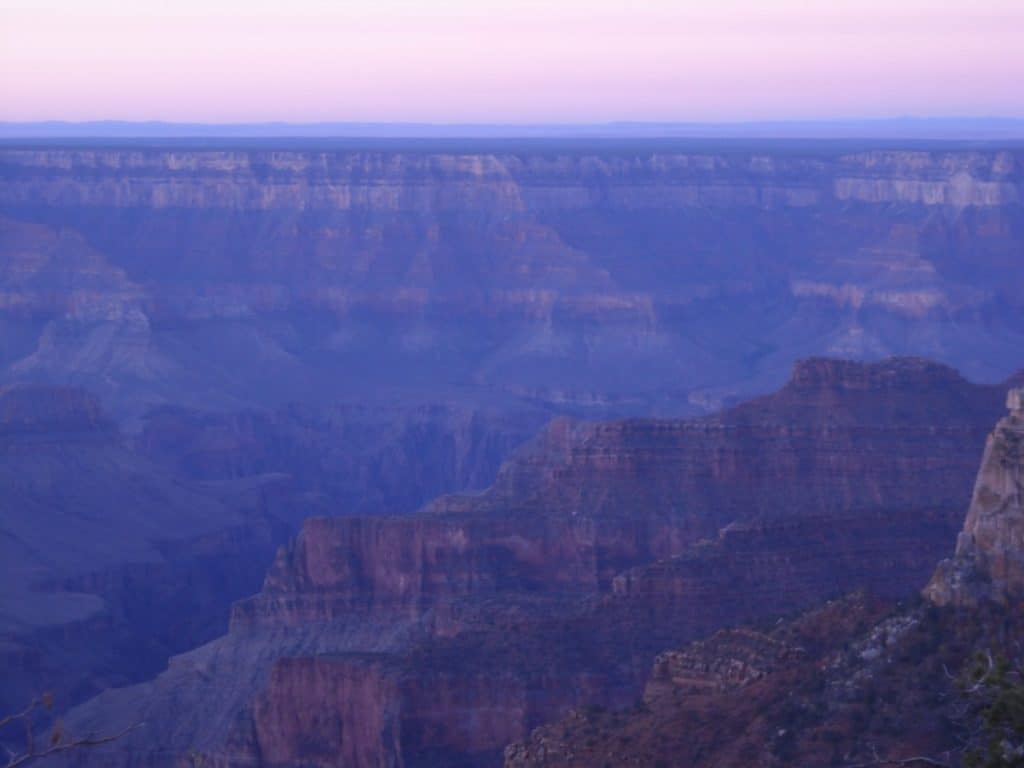
Examples Of Different National Park Experiences
Many people are more familiar with the names of national parks than those of state parks. It only makes sense, considering national parks are so immense and are often connected to natural wonders and national monuments. Here are just a few more features that make national park experiences stand out from the crowd.
Animal Watching
National parks are a wonderful place for a variety of animal experiences. Because national parks are so immense and varied, they are home to many different kinds of animals that you may not see in your day-to-day life. Just a few of these animals include elk, seals, bears, unique birds, and even whales.
In Yellowstone national park, for example, it’s not uncommon for people to see bears and moose, while in normal life you may never see either in the wild.
There’s no denying that animals are fascinating to watch, but it’s important to stay safe no matter where you are or what kinds of animals you’re watching. Because national parks include such vast amounts of land, it can be easy to get lost or come into contact with animals that you weren’t intending to.
Consequently, it’s best to stay aware of your surroundings. Keep a close eye on roadways, changes in the landscape or weather that you may not have expected, and the animals that may be around you. This article from NPS.gov recommends keeping your distance and reading up on park rules before you head out to experience nature.
Additionally, the website asks that you keep in mind that it is illegal to touch, scare, or otherwise disturb the wildlife you come across. As long as you follow the rules, bring along binoculars and a quality camera, everyone is sure to enjoy the experience.
What happens if you make an effort to give the animals space, but they seem to find you and your campsite irresistible? Is there a chance they might attack your tent? Learn the answer to that and how to keep yourself safe in our article on the subject here.
Hiking Trails
Hiking happens in both state and national parks, but because national parks tend to have more open space, they are often strong choices for those who want to go on longer hikes. In my research, I sought to determine which national park hiking trails people really love. The following trails were listed by hikers as providing fantastic hiking experiences:
- Panorama Point, Rainier National Park, Washington
- Vernal Falls, Yosemite National Park, California
- Navajo Loop Trail, Bryce Canyon National Park, Utah
- Haleakala Crater, Haleakala National Park, Hawaii
- Bright Angel Trail, Grand Canyon National Park, Arizona
- Zion Narrows, Zion National Park, Utah
- Hoh River Trail, Olympic National Park, Washington
- Nevada Falls, Yosemite National Park, California
- Siyeh Pass, Glacier National Park, Montana
- Clouds Rest, Yosemite National Park, California
As you can see from this list, many – if not all – national parks are home to multiple hiking trails that are worth checking out. The National Park System’s official website indicates that there is a total of 63 national parks in the United States. Considering that, the opportunities to explore are nearly endless!
Historical Sites
Follow Harriet Tubman’s Underground Railroad in Maryland, discover the birthplace of Abraham Lincoln in Kentucky, explore the Chaco culture in New Mexico, set foot inside the home of Edgar Allan Poe in Pennsylvania. These experiences and many more can be had when you visit national historic parks.
In addition to the wondrous animals and gorgeous landscapes, national parks can also be home to (or at least near) the sites of important historical events. These parks are great places to learn about other cultures and explore locations related to historical figures. When you need a break in between your hikes, activities like these can be a great way to relax and learn.
Guided Tours
Those who would prefer to leave the organization of their exploration to someone else might enjoy the guided tours that many national parks offer. After all, it’s a great way to get out and experience the sights without having to worry about how much time you spend out or what paths you’re going to take. On top of that, having an employee of the park on hand can leave you feeling much safer.
Guided tours can also range in length, so if you would prefer a shorter or quicker tour, then there will likely be options open to you. These tours don’t only include walking or hiking, but also boating, skiing, bus or Jeep tours, or even mule trips. Adding a touch of something different can really make the tours you take more unique and memorable.
Natural Wonders
One of the many reasons people flock to national parks involves the experience of seeing something truly unique. All of the natural environment is filled with beautiful sights and sounds, but some are much rarer than others. National parks are often excellent homes to these natural wonders as they seek to protect the environment and preserve those natural wonders to the best of their ability.
Old Faithful and other geysers located within Yellowstone National Park are some of the first natural wonders that come to mind. However, there are plenty more out there like the synchronous fireflies of the Great Smoky Mountains National Park, the aurora borealis which can be seen at the Denali National Park, and the gorgeous coral reefs located at Biscayne National Park.
We went to Carlsbad National Park a couple of years ago and it truly was a jaw-dropping wonder. Even this picture we took (with night sight on our Pixel phone! Such a cool feature) doesn’t capture the immensity of the space.
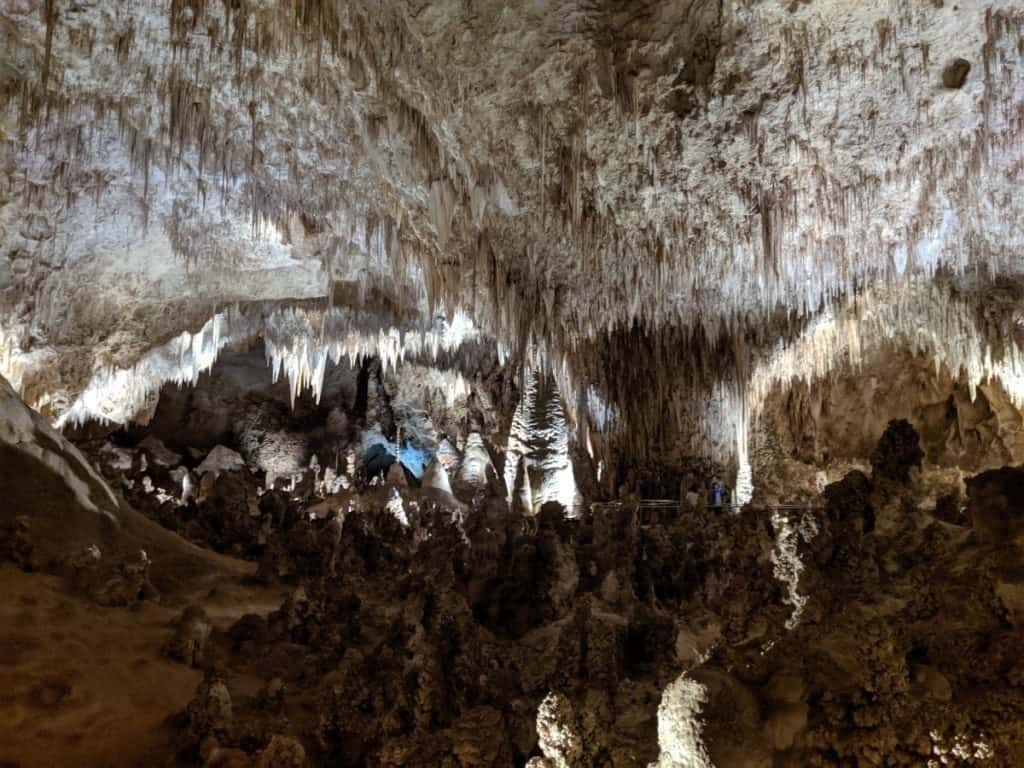
Gorgeous Landscapes
Most people tend to expect that they’ll find beautiful scenery at just about any national park they visit. That said, I do think it’s important to discuss just how many different kinds of gorgeous environments national parks can be home to. Just about every kind of landscape, from deserts to beaches, lush forests, and endless plains, can all be explored just by visiting a handful of national parks.
Some of the most breathtaking, in my opinion, is the redwood national parks in California. These trees are massive and the feeling of immensity and smallness that you feel from them is just something you can’t write down very well–at least for people without poetic proclivities like myself.
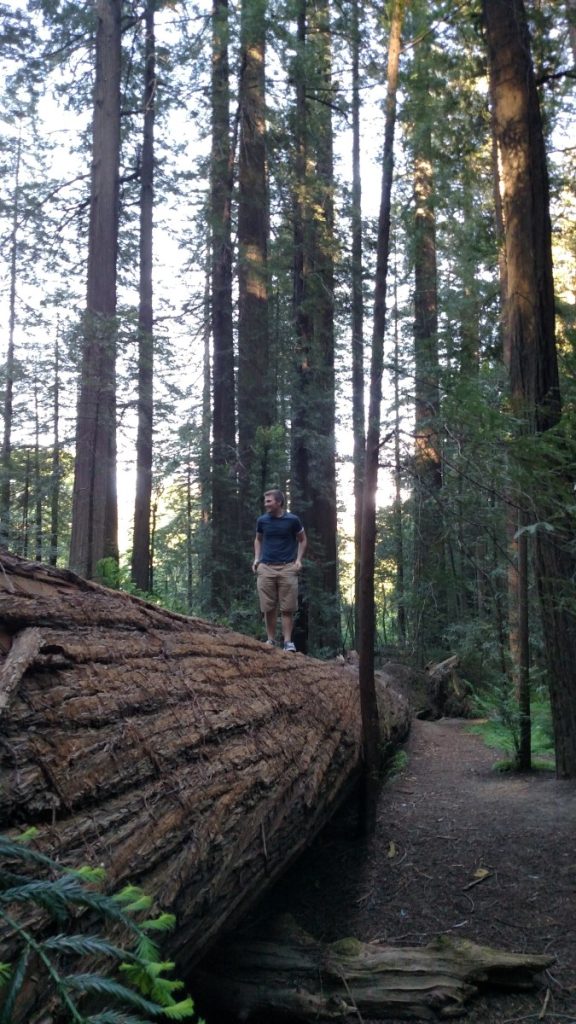
By experiencing these landscapes yourself, you give yourself the chance to experience sights that millions of people may never see in their lifetime – at least not in person. There’s a lot to be said for having the knowledge that you have personally had that adventure. It’s all the more reason to get out there and explore as many of the unique aspects of nature as you can.
Examples Of Different State Park Experiences
Although state parks are smaller than national parks, that doesn’t mean they are lacking in wonderful experiences. Hiking trails, educational programs, and even playgrounds help these parks to provide exciting opportunities while surrounded by nature. Below, I’ll give you an even deeper look into what makes state parks unique and wonderful.
Unique Trails
Generally speaking, national parks are well-known for offering gorgeous trails fit for biking, cycling, and other methods of getting around. However, that doesn’t mean that state parks should be forgotten. For most people, state parks can provide a perfectly enjoyable experience – if often shorter than those provided in national parks.
Here in Texas, from the dozen+ state parks I’ve been to, you’ll find a wide range of hiking trails–there are definitely opportunities to hike, but they aren’t as famous (or noteworthy if I’m being honest) as the national park trails.
Don’t let that worry you, just because the hiking may not be as unforgettable, state park trails are likely to be a lot less crowded. National parks, especially during holidays, spring break, or even just summer vacation, can be packed.
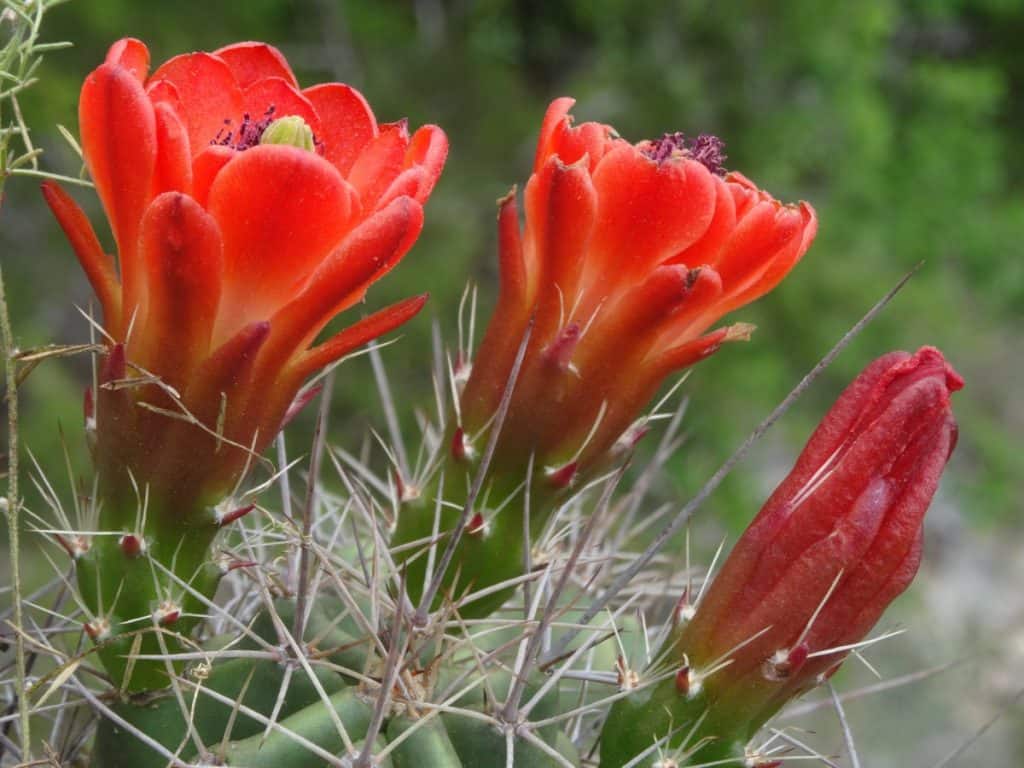
If you’re like me, it’s harder to enjoy the amazing awe of nature surrounded by cameras, selfie-sticks, and a mob of people.
In general, state parks will be less crowded than national parks (at least the more interesting parts of the national parks)
Most state parks contain trails that are friendly to hikers, cyclists, and equestrians. Not to mention there are a variety of trails that can be customized for the amount of time you want to spend out on a trail. Some of the hikes available in state parks are only about half a mile long, while others can take a full day or more to traverse. In my research, the longest trail I discovered was the Oregon Coast Trail, which runs 344 miles and wanders through or near several state parks, including the illustrious Silver Falls State Park.
Climbing Walls
Although hiking is one of the more popular activities for those who visit either national or state parks, it’s certainly not the only option out there. Instead of traveling horizontally along the ground, some might visit a state park seeking to travel vertically – through climbing walls and rock climbing.
Believe it or not, there are actually a number of state parks that offer climbing facilities in some fashion. Some of these parks include the Hanging Rock State Park in North Carolina, Smith Rock State Park in Oregon, and the Castle Rocks State Park in Idaho.
Before heading out to any outdoor rock climbing area, make sure you have the proper gear and training. Climbing outside can be more dangerous than visiting an indoor climbing wall. Additionally, keep track of the weather conditions so that you can be prepared for whatever conditions you may face.
Tourist Experiences
If you decide to visit a state park you aren’t familiar with, you might just decide to explore some of the more tourist-based activities available to you. These activities can make for a nice break between hikes and other outdoor excursions.
Those who have an interest in the educational activities available in state parks might be interested in visiting museums like The Jewel On The Mountain. Located at the Monte Sano State Park in Alabama, this unique museum is a great place to learn about a piece of history you might otherwise be unfamiliar with.
Dining and entertainment can also really add to the overall state park experience. You might choose to step away from cooking at the campfire by visiting local dining facilities, such as the Ishmala Supper Club at the Denali State Park in Alaska. For a touch of entertainment added to the mix, places like the Cabin Nite Dinner Theater at the Mirror Lake State Park in Wisconsin.
Ranger-Led Activities
Families, in particular, can benefit from taking part in ranger-led programs available at many state parks. These can often include educational experiences, arts and crafts, hikes, stargazing, and more. In most cases, these activities are free. It never hurts to find out what activities the rangers are putting on when the kids are getting bored with sitting around the fire.
Some states may even have programs that allow children to work towards goals over the span of many camping trips. For example, junior ranger programs can give children exciting educational activities to take part in while earning credit as a junior ranger. As they learn, they’ll gain more of a sense of what makes the natural environment so important.
Water-Based Adventures
State parks are home to numerous water-based activities. Fishing, boating, snorkeling, and swimming can take place in just about any kind of water – assuming the water source is large enough and deep enough. Some state parks also offer activities like kayaking, canoeing, or white water rafting. These are all excellent activities to enjoy in the summer months when you need to get out of the heat.
Coastal state parks can provide those activities and more, such as surfing, crabbing, whale watching, and scuba diving. Tide pools can also be fun places to explore and learn about local oceanic wildlife. Depending on where you choose to camp, you can also get different experiences just from visiting the beach itself. For example, northern beaches like those in Oregon or Maine are vastly different from what you might find in California or Florida.
Texas has some of the most beautiful and peaceful rivers I’ve ever seen. The water is warm during the summer (can’t say that about any mountain location) and so the state parks by water are super popular during the 100+ degree weather.
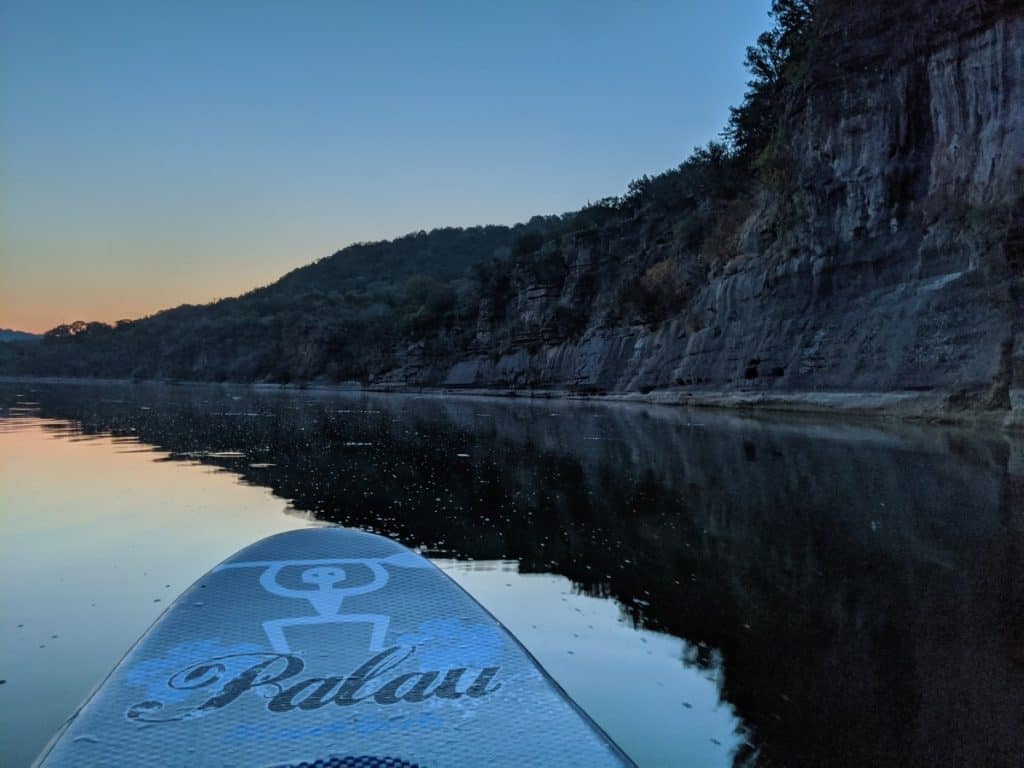
Stargazing
Whether you’re stargazing on your own or under the guidance of a ranger, state parks are a fantastic place to get away from the city lights and enjoy a clear view of the night sky. While national parks also offer this benefit, state parks are often quicker and easier to get to for many people. Not to mention, you may be more likely to enjoy your stargazing in peace and quiet as state parks can tend to be less crowded.
There are few things more peaceful than resting in your favorite camping chair – or stretched out on a blanket – looking out into the universe around us. Spending some time looking at the stars can give you a calming sense of unity with the environment around you. For those with children, it can also become a fun game to count how many shooting stars you see.
Accessibility and Amenities
As I mentioned previously, state parks can often be easier to get to than national parks. They tend to be a bit closer to inhabited areas. Additionally, state parks are smaller. What that means is there will likely be fewer people at a state park than a national park – so the experience will really feel more like getting immersed in nature rather than visiting a naturally-developed theme park. National parks can be wonderful in a variety of ways, but they can also be crowded.
This really depends on the area and the time of year. Some state parks can be massively crowded too during certain parts of the year.
Furthermore, because national parks are larger and more dedicated to the care of vast areas of natural land, you can often find more amenities at state parks. This might include more comfortable camping options like cabins, the ability to offer things like plumbing and hot showers, and higher chances of being able to hook up your RV in order to receive electricity and get rid of waste.
National Park Vs. National Forest
The main difference between a national park and a national forest is found in how the land is used. National parks are mainly focused on conservation. That’s why many national parks are somewhat limited in terms of the addition of things like buildings, electricity, sewage hookups, etc. The main goal for each national park is to keep the land as natural as possible.
On the other hand, national forests can have a variety of different uses. These forests aren’t for building houses or commercial buildings, but they do strive to meet the needs of wildlife and people in different ways. National parks can be used for harvesting timber. They also provide wildlife with safe places to live without an excess of human contact.
Ashley National Forest spans the Uinta mountain range and the forest is used for forestation, camping, and hiking by thousands every year.
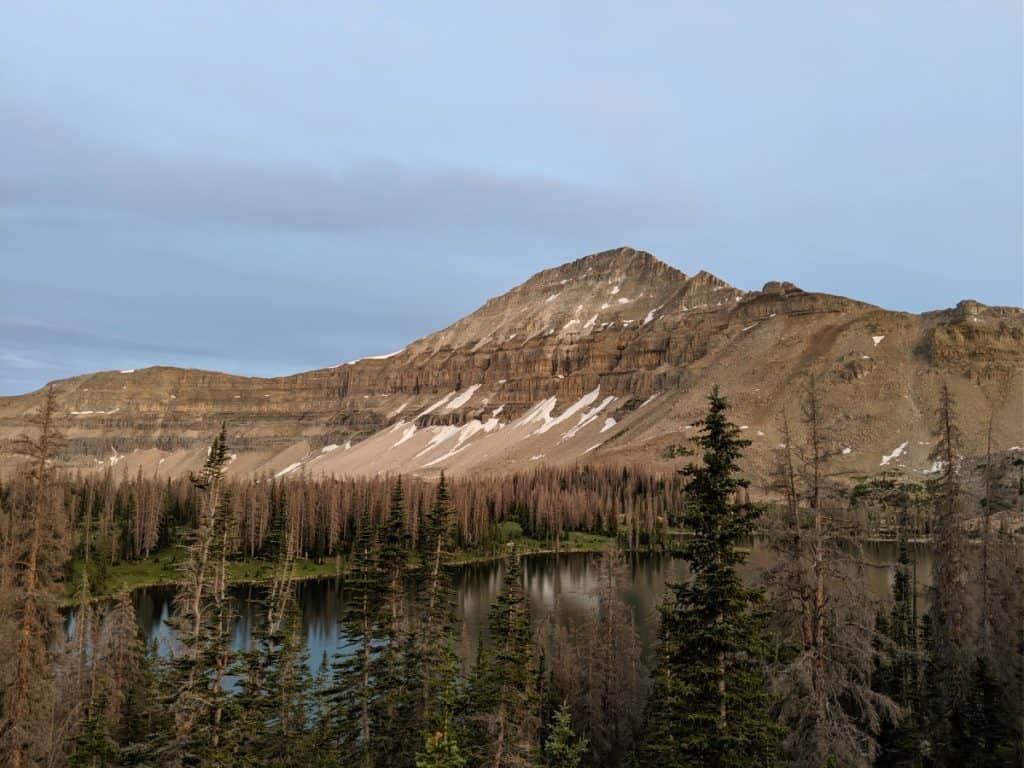
National Park Vs. National Monuments
As I discussed previously, national parks are created for the sake of keeping large portions of land as natural as possible. The main goal of national parks is to protect that land and allow it to remain a safe space for plants and wildlife in the area, as well as to preserve natural wonders that may be located there.
National monuments provide a very similar service but aren’t typically directed at the preservation of natural areas unless those areas have some kind of scientific purpose. Aside from that, national monuments are also locations that are protected for historical or cultural purposes. Not all national monuments are related to nature in some way. Some, like Mount Rushmore, are manmade – but are enveloped in nature for the most part. Meanwhile, monuments like the Statue of Liberty can be found in more heavily populated areas. Forts used in various wars throughout the history of the United States are also often treated as national monuments.
Exceptions To The National and State Park System
Not all states have the same system in place for their state parks. Some states offer a more advanced state park system while others may keep their setup pretty minimal. That said, there are at least a couple of states that stand out when it comes to how they run their state parks – Texas and California. If you’re a resident of either of these states or just want to know more about what sets them apart, continue on.
Texas
Not all states offer advanced state park systems. In some states, you may not find parks with electrical hookups and other amenities. There may not even be a ranger on the premises at all times. However, Texas isn’t one of those states.
Texas is a large state with a decent amount of land dedicated to state parks. Typically, these parks are the most accessible to people living in the state unless they put in a lot of effort. Because of that, a lot of work is put into maintaining Texas state parks so that people can get the most from them. Most of the time, Texas parks will offer full amenities to keep campers comfortable. Additionally, they are organized so that campers are assigned to designated areas rather than having to hunt down a nice spot.
On top of all that, the annual pass for using the Texas state park system is only about $70. Compared to some other states, that really isn’t too much to spend on all the outdoor adventures offered.
If you’ve never camped in Texas before, you might find that it can be a very different experience from other areas. Get yourself prepared by taking a look at our article on camping in Texas here.
California
Because California is another state with quite a bit of space, it is home to several national parks and monuments as well as state parks. The state parks in California range in a number of ways, including the sizes of the parks as well as what features and amenities they offer.
As I looked into the California State Park system, I noted that there are no annual passes for those who want to camp at the parks. There are, however, numerous day passes for different kinds of vehicles and visitors. Those seeking to stay at a California state park are encouraged to make reservations. The fees required for camping will depend on the park you’re staying in as well as whether you’re camping with tents or RVs, in a large group, or with horses.
California does also offer some interesting alternative camping experiences such as floating campsites, cabins and yurts, and cottages.
